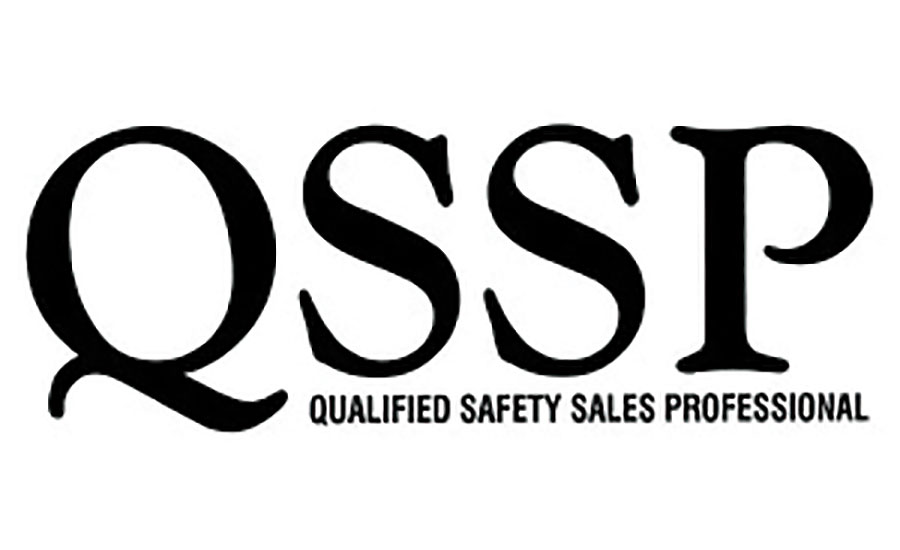QSSP graduates 1,500th student, announces expansion plans

In 1996, when a training program was developed for sales and marketing personnel from personal protective equipment (PPE) manufacturers and distributors, nobody looked 20 years into the future. It started as a project jointly sponsored by the International Safety Equipment Association (ISEA) and the former Safety Equipment Distributors Association. It was the “baby” of Dr. Rick Fulwiler, an experienced corporate safety and industrial hygiene manager, also a consultant and trainer with a national reputation.
Recently the program graduated its 1,500th student, and plans to expand professional development opportunities are underway.
Case study
Sissy Perry is a safety specialist for Airgas, with a territory that encompasses Southwest Texas. She has been talking to customers about safety equipment and safety protocols for the past eight years. She knows her field well.
But Perry, by her own admission, still had a lot to learn. She recently became the 1500th graduate of the Qualified Safety Sales Professional (QSSP) course. The intensive five-day training program surprised her in some ways, but she is very happy she attended. Her employer encouraged all their safety specialists to benefit professionally by achieving the “next level of knowledge” and earning the QSSP designation.
Perry said, “The course was challenging, but I had no difficulty keeping up. I’m not a novice in the business, but I certainly learned things I hadn’t previously known.” Prior to her employment with Airgas, she worked for more than a decade in a family-owned welding supply business.
Getting home safely
As a safety professional, Perry’s main goal is getting everyone to “go home safely.” Being a safety professional, she says, allows her to help make difficult working situations easier for people. Having the right equipment and knowing how to use it properly means employees do not have to worry, and they “are not so worn out from work.”
For a safety veteran, “being in safety means you never stop learning,” says Perry. Now she is able to talk to her customers more knowledgeably from a “safety manager standpoint,” she says, adding that she has customers who have experienced fatalities at work. Those experiences “stuck with me,” she notes, and she sometimes wonders if she could have made a difference.
Highly recognized program
Continuing education is the goal of ISEA’s industry-recognized training program. The five-day course involves classroom instruction for eight to nine hours each day, not only with lectures but also through hands-on demonstrations and exercises. Each class is limited to 40 participants who are awarded the QSSP designation when they pass a competency exercise. They also receive an OSHA 30-hour card.
“The guiding principle of the course is that the people who sell safety equipment can be better resources to their customers if they have some idea of what kind of issues the customer faces every day. The goal is to make them valued partners, not order-takers,” according to ISEA President Dan Shipp.
Shipp adds, “After 20 years, we’re excited about the future. Demand for the QSSP class is higher than ever, and ISEA is making an investment to expand training and professional development opportunities for manufacturers and distributors.”
The real beneficiaries, though, he notes, “are customers who have an important resource to help keep their workers, and their businesses, safe and healthy.”
To learn more about QSSP, visit www.qssp.org
Looking for a reprint of this article?
From high-res PDFs to custom plaques, order your copy today!





